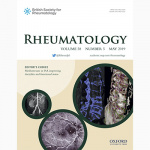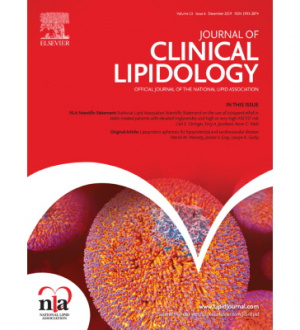 OBJECTIVE:
OBJECTIVE:
To define the characteristics of children expressing the FMF phenotype under colchicine until it was ceased and to compare the clinical features of patients requiring colchicine again with the patients who did not need colchicine.
METHODS:
Sixty-four of 1786 children with FMF in whom colchicine was stopped by the physician or patients/parents were enrolled. These patients were grouped as children who were in need of colchicine due to attacks and/or elevated acute phase reactants after cessation of colchicine (group 1) and children in whom colchicine was not necessary and not restarted (group 2).
RESULTS:
Colchicine was stopped in 59.4% by the physician and in 40.6% by the patient/parents. It was ceased at a median of 10.6 years of age (range 2.1−20.5) and attack- and inflammation-free periods of 18.2 months (range 6−148).
The median follow-up of 64 patients after colchicine cessation was 37.4 months (range 6.4−154.7). It was restarted in 17 patients due to attacks (n = 11) or elevated acute phase reactants (n = 6). The age at cessation of the colchicine was lower (P = 0.04) and the duration of colchicine treatment until its cessation was shorter (P = 0.007) in group 1 compared with group 2.
CONCLUSION:
Life-long colchicine treatment may not be required in all FMF patients. There are no current guidelines to determine in which patients it is safe to stop colchicine. We found that younger age during cessation and shorter duration of colchicine treatment lead to a higher risk of needing to restart colchicine.
Rheumatology (Oxford). 2019 Oct 1; 58 (10): 1818−1821
Tanatar A, Karadağ ŞG, Sönmez HE, Çakan M, AktayAyaz N.
PMID: 31 329 974
DOI: 10.1093/rheumatology/kez156





